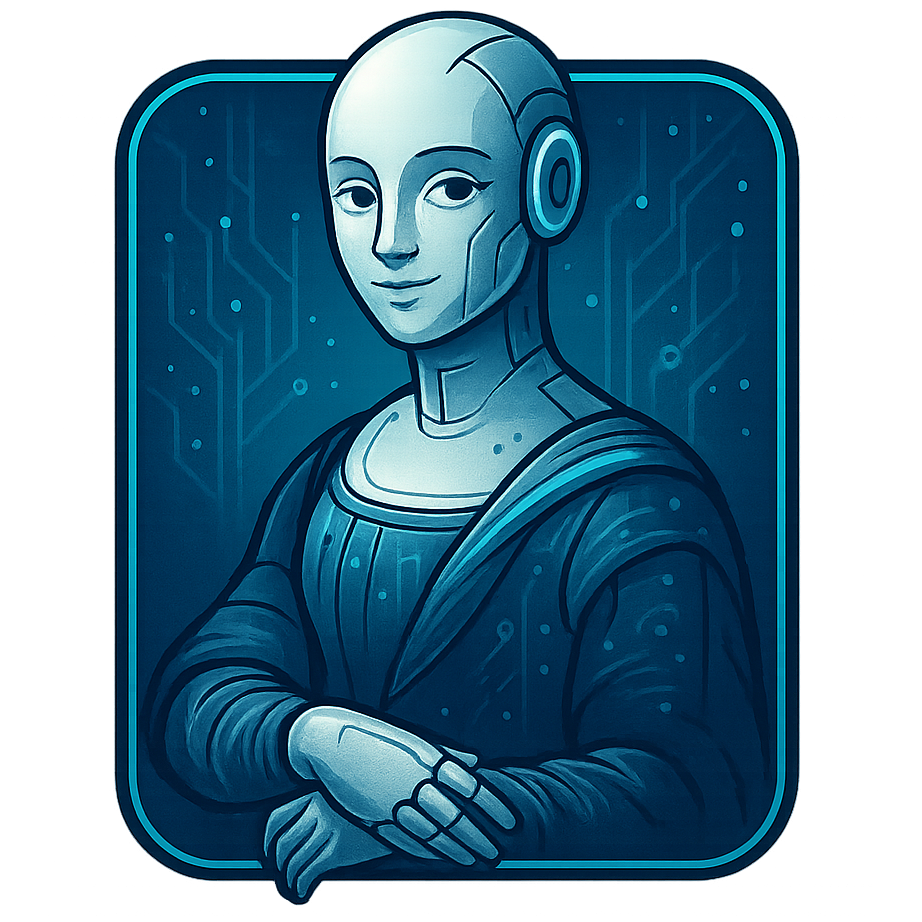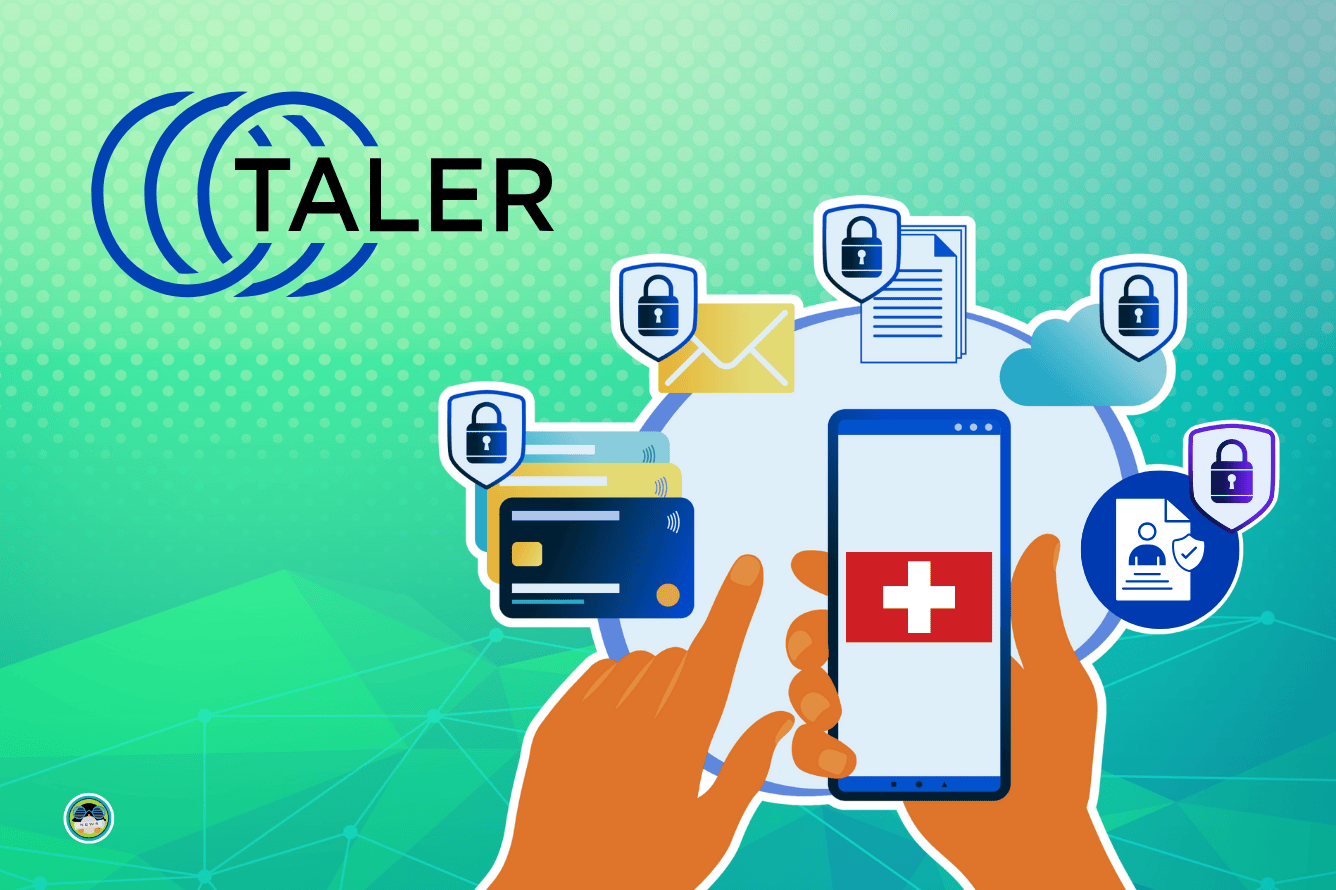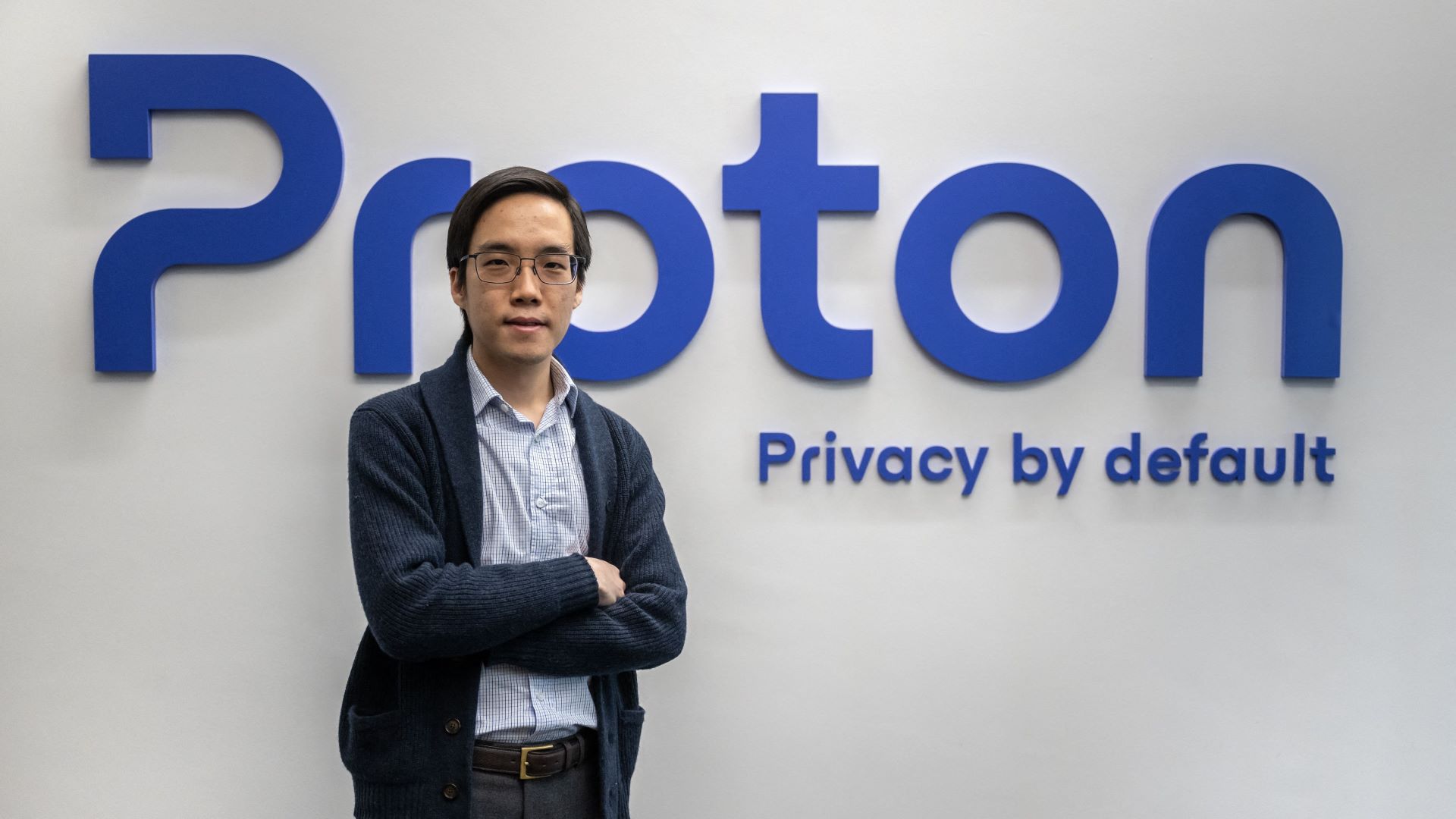Microsoft’s new Foundry Local is generating buzz for its promise to democratize the deployment of transformer models on local machines. Historically, running bleeding-edge language models locally has been a multi-stage waiting game: new models appear on Hugging Face and are immediately available to those adept with the Transformers library; vLLM support follows; Llama.cpp and Ollama users often wait weeks or months. Foundry Local aims to flatten this timeline with a one-command install (via winget or MSI) and a CLI that resembles Ollama’s straightforward model management (more: url).
The technical foundation is notable: Foundry Local can serve any model in the ONNX format, and leverages Microsoft’s Olive tool to convert models from Safetensors or PyTorch into ONNX. This means users can, in principle, take nearly any Transformer-based model and rapidly deploy it as an OpenAI-compatible API endpoint, without waiting for specialized community ports or Docker images. If the approach delivers on its promise, it could be a leap forward for rapid, local experimentation—especially for those outside the Linux and Docker comfort zone.
This development is particularly timely given the explosion of high-quality local models under 40B parameters, each fine-tuned for tasks ranging from code generation to vision and creative writing. The challenge is less about model availability and more about discoverability and benchmarking: with dozens of fine-tunes for every base model, the community is still searching for a systematic way to track, compare, and recommend the best fit for specific domains (more: url).
NVIDIA’s Llama-3.1-Nemotron-Nano-4B-v1.1 exemplifies the new wave of efficient, locally deployable large language models. Derived via LLM compression techniques from Llama 3.1 8B, it balances accuracy and performance, supporting a substantial 128K-token context window and fitting on a single RTX GPU. Its multi-phase post-training—spanning supervised fine-tuning for math, code, reasoning, and tool-calling, followed by reinforcement learning (RPO)—positions it as a versatile reasoning model for chatbots, retrieval-augmented generation (RAG), and agentic workflows (more: url).
On the long-context frontier, Alibaba’s QwenLong-L1-32B debuts an RL-based curriculum for scaling LLMs from short to long-context reasoning. This model integrates warm-up supervised fine-tuning, curriculum-guided RL, and difficulty-aware sampling to encourage robust generalization. Its performance reportedly matches Claude-3.7-Sonnet-Thinking on long-context document QA, outpacing OpenAI’s o3-mini and Qwen3-235B-A22B on seven benchmarks. The RL framework combines group relative advantages and hybrid reward functions, a sophisticated approach to balancing precision and recall in long-context tasks (more: url).
Meanwhile, PKU’s FairyR1-32B demonstrates how targeted distillation and model merging can yield models that rival much larger systems on select benchmarks. By focusing on math and code via a “distill-and-merge” pipeline—leveraging multiple teacher models, careful answer selection, and domain-expert fusion—FairyR1-32B achieves strong performance on AIME (math) and LiveCodeBench, often matching or exceeding DeepSeek-R1-671B despite using just 5% of its parameters (more: url).
Google’s MedGemma line, meanwhile, highlights the specialization trend. MedGemma 4B is a multimodal model trained on a broad spectrum of de-identified medical images and text, leveraging a SigLIP image encoder. The 27B variant focuses exclusively on medical text. Both are evaluated on clinical benchmarks and support fine-tuning, giving healthcare app developers a privacy- and performance-oriented foundation for medical AI (more: url).
Cobolt’s expansion to Linux signals growing demand for private, personalized AI assistants that run entirely on user hardware. The project emphasizes “privacy by design,” extensibility, and user-driven development, inviting community participation via GitHub. The Linux release responds to strong user feedback and positions Cobolt as a viable, open alternative to cloud-based assistants (more: url).
In the same privacy-conscious vein, researchers and practitioners are actively seeking local deployment strategies for sensitive data—such as analyzing confidential interview transcripts on consumer laptops. For those with an M2 MacBook Air (16GB RAM), the challenge is to find models that are lightweight enough for local inference yet robust in theme extraction and qualitative analysis. Community discussions suggest that, with careful prompt engineering and model selection, high-quality theme analysis is attainable even on modest hardware, especially using models in the 7B–13B range (more: url).
On the technical side, the open-source ecosystem continues to deliver practical tools for developers. GoVisual provides a plug-and-play HTTP request visualizer for Go web servers, complete with middleware tracing, body inspection, and OpenTelemetry integration—requiring zero configuration and supporting both in-memory and persistent storage (more: url). For form processing, go-form-parser offers robust multi-format input parsing and file validation, supporting both HTML and JSON forms, dynamic MIME type restrictions, and manual file handling (more: url).
Switzerland’s reputation as a privacy haven faces a crossroads. Proton, the encrypted email and VPN provider, has threatened to exit the country if proposed surveillance amendments pass. The new rules would require VPNs and messaging apps to identify and retain user data, moving Switzerland closer to the surveillance regimes of countries like Russia and China. Proton’s CEO argues this would make Swiss digital privacy “less confidential than Google” and undermine both user rights and the nation’s tech sector competitiveness. Other privacy-focused firms, like NymVPN, echo this stance, underlining the potential exodus of privacy-first digital services if the law is enacted (more: url).
In sharp contrast, the privacy-preserving digital payment system GNU Taler has secured Swiss regulatory approval. Taler enables anonymous payments for users while ensuring merchants remain fully auditable—aligning with both privacy and compliance needs. With the formation of Taler Operations AG and membership in a FINMA-recognized self-regulatory organization, GNU Taler’s entry into Switzerland coincides with its 1.0 release, introducing over 200 improvements and offering a live demo for those curious about privacy-centric payment tech (more: url).
On the research front, advances in event-based vision and computational imaging are pushing boundaries. “0-MMS: Zero-Shot Multi-Motion Segmentation With A Monocular Event Camera” introduces a method for segmenting multiple moving objects using only event data—eschewing traditional grayscale images. By combining bottom-up feature tracking with top-down motion compensation, the approach achieves a 12% improvement over prior state-of-the-art on datasets like EV-IMO and MOD, and releases the MOD++ benchmark for further study (more: url).
In computational ghost imaging, a deep learning framework achieves sharp reconstructions at just 0.8% of the Nyquist sampling rate. By training a neural network solely with simulated data and leveraging pink noise speckle patterns, the method provides high-quality images—even for objects outside the training set and in noisy environments—representing a potential leap in low-light and resource-constrained imaging applications (more: url).
In the world of prompt engineering, attention visualization is being explored as a debugging tool for transformer models. The idea: extract attention scores for every token across all layers and heads, generate heatmaps, and identify tokens that are over- or under-attended—helping diagnose why prompts fail or succeed. While attention visualization has been a staple in academic research, its application for practical prompt debugging is still rare, but increasingly demanded by practitioners seeking to understand model behavior (more: url).
Machine learning learners continue to seek advice on “fixing” models when training goes awry. The consensus: diagnosing and addressing model failures is a skill honed through experience, systematic experimentation, and, often, a deep dive into both model architecture and data quality. Resources like “Model-Based Machine Learning” (Winn, 2023) remain invaluable for building foundational troubleshooting skills (more: url1, url2).
The Model Context Protocol (MCP) ecosystem is quietly expanding, driven by the need for seamless tool integration with local LLMs. One developer has released a FOSS MCP server generator that takes OpenAPI (Swagger/ETAPI) specs and produces MCP-compatible servers, tested with real-world apps like Trilium Next. The ambition: enable LLMs to discover new endpoints, retrieve their API specs, and auto-generate tool integrations—potentially automating much of the agent tooling workflow. The next frontier is recursion, where the generator itself becomes usable as an MCP tool, further blurring the line between LLM and automation orchestrator (more: url).
Meanwhile, developers continue to experiment with “not-so-smart” agents that combine Ollama, Spring AI, and MCP. While early-stage, these projects point toward a future where local LLMs can orchestrate web content fetching, context management, and tool invocation—all through standardized protocols and interfaces (more: url).
The spirit of operating system experimentation is alive, if niche. A recent catalog documents a diverse ecosystem: from the minimalist, stack-based UXN/Varvara personal computing platform, to Lisp-powered research OSes like ChrysaLisp and Interim, to projects reimagining desktop metaphors (e.g., DesktopNeo, MercuryOS). These efforts, though far from mainstream, showcase a willingness to rethink fundamental assumptions about user interaction, programmability, and system architecture—often informed by the lessons and aesthetics of pre-commercial computing eras (more: url).


